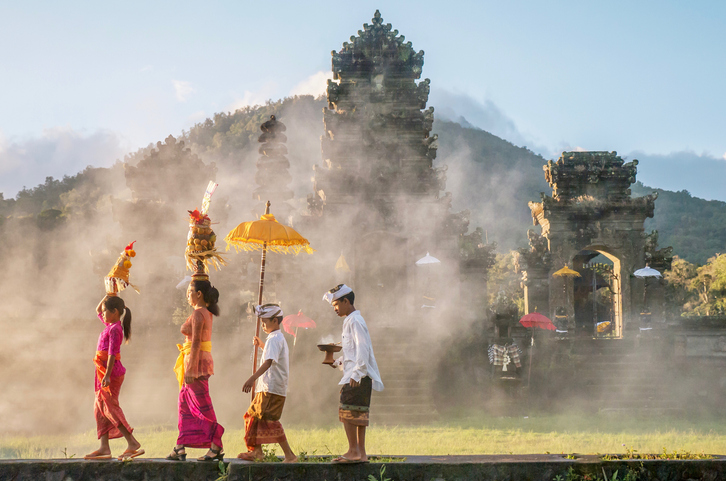With 17,000 islands, Indonesia is one of the largest countries in South East Asia. For this reason, one of the most challenging things about preparing for a trip around Indonesia is planning your route

This article suggests an itinerary for a 15-day trip around Indonesia (or a 20-day trip, if you have a little more time on your hands) during which you will visit the temples on the Island of Gods (Bali), enjoy the laid back Gili Islands (Lombok archipelago), rest your body and mind on the island of Javaand explore the Nusa islands (Bali region). We also recommend visiting the Indonesian island of Sulawesi, where you’ll find a set of local cultures and beliefs that are as ancient as they are surprising.
We must stress that this proposed route around Indonesia is our suggestion; its size means that you could spend months or even years exploring its islands and discovering new places. However, not everyone has enough spare time for such a trip. As such, our proposed route around Indonesia is based on the number of days that people usually spend on holiday, tips from in-country experts and suggestions from our readers.
Let’s get going!
Island of Java: 6 days
Day 1
We imagine your flight will land in Jakarta, which is far from being Indonesia’s most inspiring city. When planning your 15-day trip around Indonesia, we recommend straying from the capital, as there are many better things to do in the country.
We recommend booking a flight or a train from Jakarta to Yogyakarta. One option could be to catch a night train, which would take you to Yogyakarta in 8–10 hours.
Days 2 and 3: Yogyakarta
Spend the first day exploring Yakarta’s younger sister. While a tad less chaotic than the capital, Yogyakarta also has more motorbikes than pedestrians on its streets. Yogyakarta has a youthful vibe and is a very dynamic city, with a massive range of intriguing culinary options and bucketloads of culture to immerse yourself in.
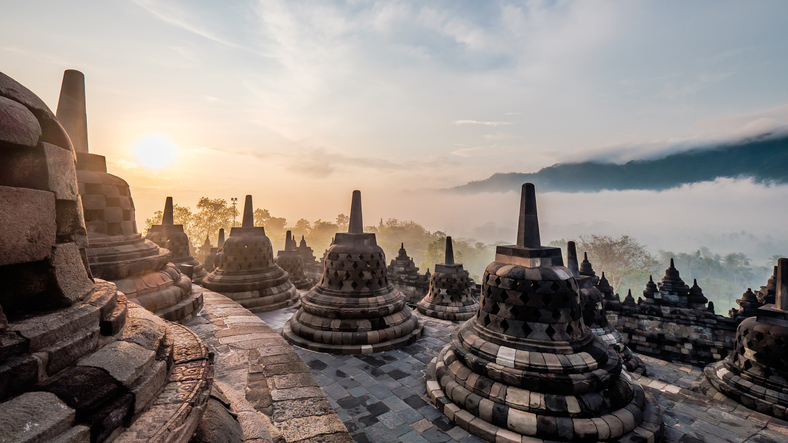
The island of Java’s most important temples are found in this city: Borobudur, the world’s largest Buddhist temple; and the Hindu temple compound of Prambanan. We recommend visiting Borobudur at sunrise. You could visit Prambanan on the same afternoon, walking from Borobudur in a couple of hours or, if you prefer, by renting bicycles.
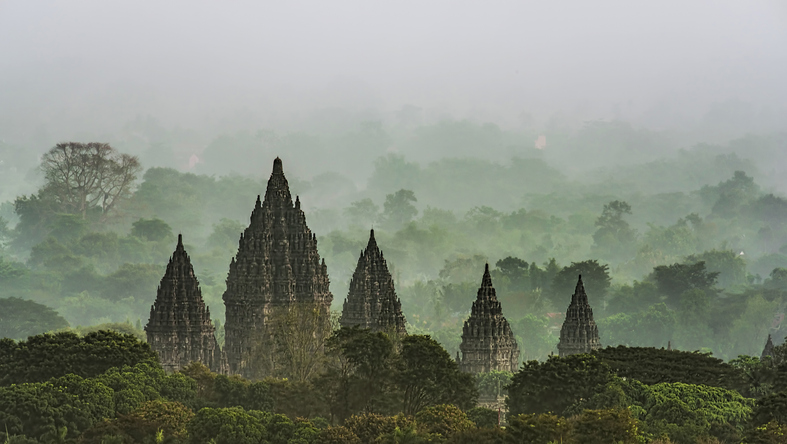
Other spots to include in your list of places to visit in Yogyakarta:
- The Royal Sultan Palace
- Taman Sari Water Castle
- Alun Alun Park
- Jalan Malioboro (Malioboro Street)
Day 4: Yogyakarta – Cemero Lawang, the hamlet within the Bromo Tengger Semeru National Park
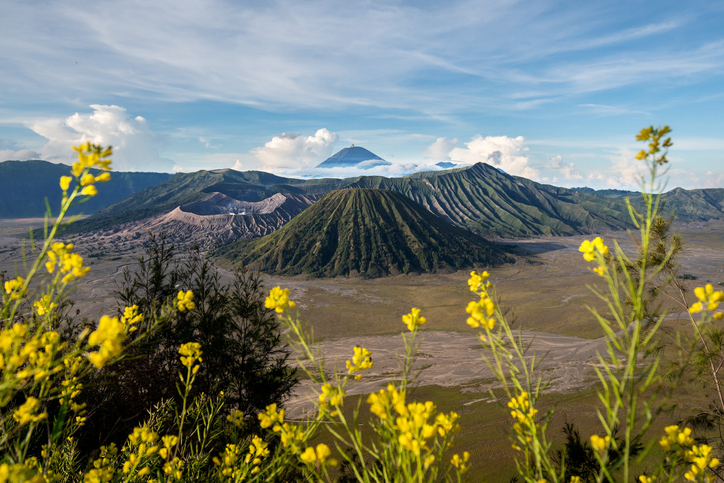
This trip will take up practically the entire day. If you want to make your own way there, there are various options at your disposal. However, given the time restrictions, we recommend booking a place on an organised trip before you start your journey. You can choose between booking a trip just to the Bromo Tengger Semeru National Park, or one which combines Bromo and the Ijen volcano complex.
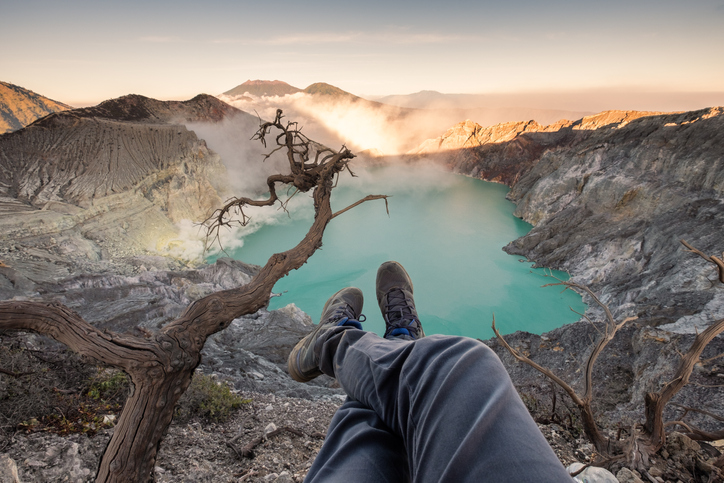
If you’re planning on exploring the Bromo Tengger Semeru National Park on your own, we would only recommend doing this if you plan on spending at least two days and one night in the area. Truth be told, if you want to see everything the park has to offer without rushing, we would recommend staying for three days and two nights. That said, if you’re short on time, we would strongly recommend booking a place on a tour.
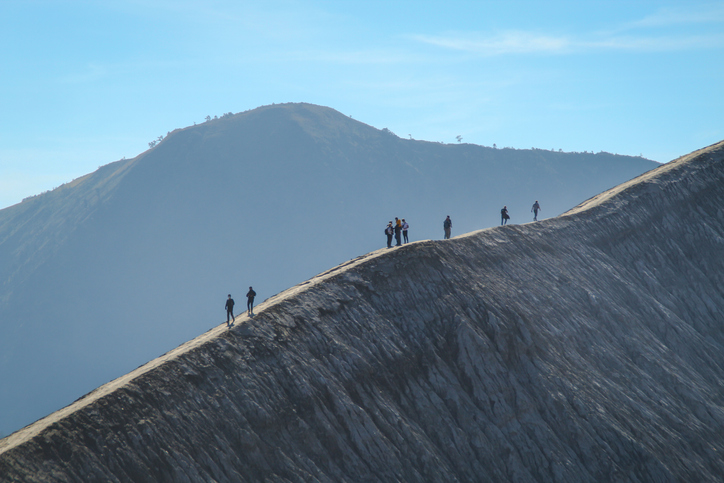
Day 5: Sunrise and the Bromo Tengger Semeru National Park – Banyuwangi
In our opinion, a trip to the Bromo Tengger Semeru National Park is an absolute must for any visit to Indonesia. You can cover it all in a single day, still leaving enough time to make the journey from Cemoro Lawang to Banyuwangi (day 5 in our itinerary).
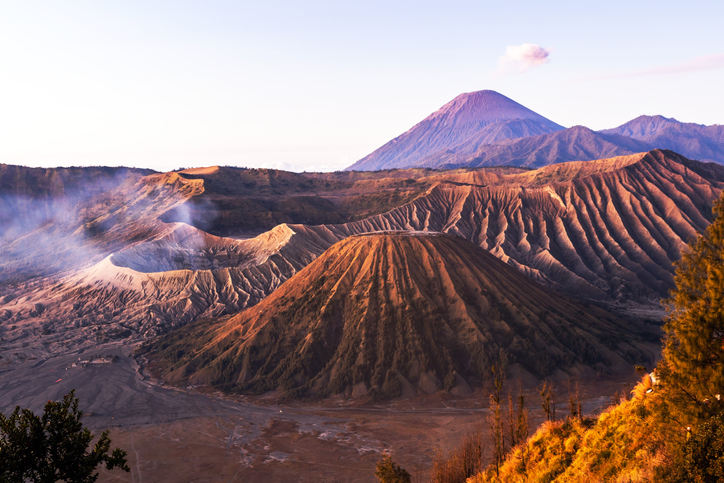
The city of Banyuwangi lies close to the port which connects Java to Bali. You can choose whether to spend the night here before travelling to Bali the following day, or to climb the Ijen volcano and travel to Bali the day after.
Day 6: Banyuwangi – Bali
Next island!
The island of Bali: 3 days
Days 7–9 Bali and its temples
Far from the surfer beaches, party areas and overcrowded tourist attractions lies the authentic island of Bali, surrounded by volcanoes, waterfalls, rice paddies and temples home to ancient cultures and beliefs.
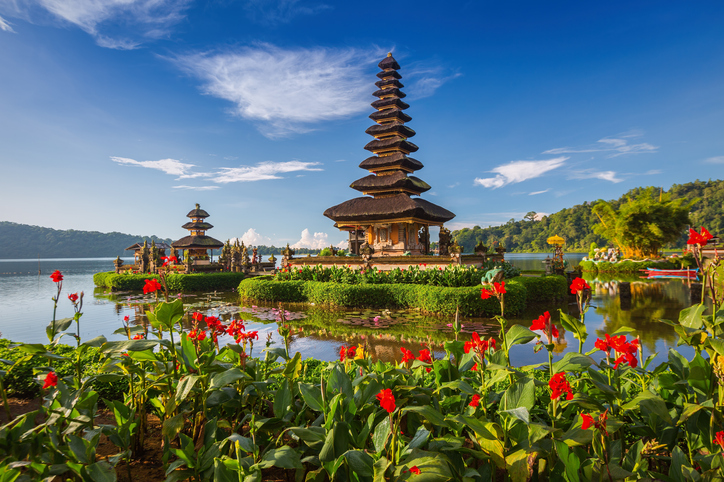
Give free rein to your adventurous side and lose yourself in the spirituality of Bali’s temples, such as the Pura Ulun Danu Bratan, Pura Tanah Lot and the Pura Besakih temples. We tell you how to go about this on your own in the following link, helping you to make the most of your days in Bali.
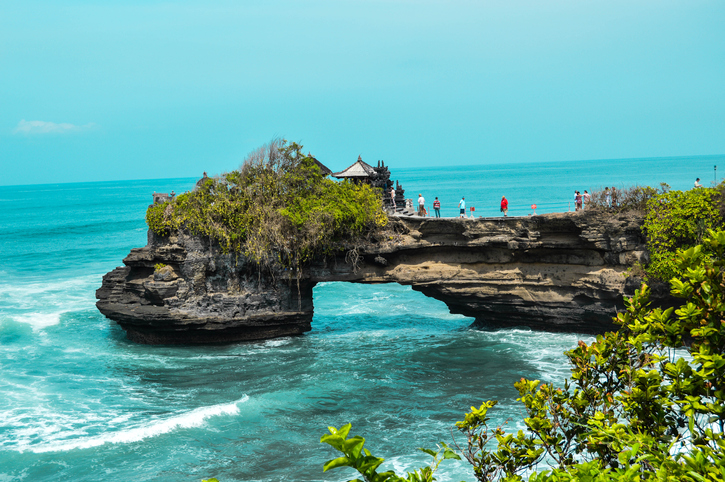
If you want to know some practical travel tips, the best ways of getting around the islands or how to spend as little as possible on your travels, we recommend listening to the following podcast (in Spanish): The region of Bali: Discover the most authentic side of a paradise, which also provides useful information about local customs.
Nusa Islands: 3 days
Before setting off on your trip, you should know that the best beaches in the Bali province are not found on the Island of Gods itself; rather, they lie in the Nusa Islands, which belong to the same province. Lying to the South East of Bali are Nusa Penida, Nusa Lembongan and Nusa Ceningan. In this itinerary, we recommend visiting two of them.
Day 10: Nusa Lembongan
This island can be accessed by ferry, leaving from the Port of Sanur in Bali. The journey time is approximately 30 minutes.
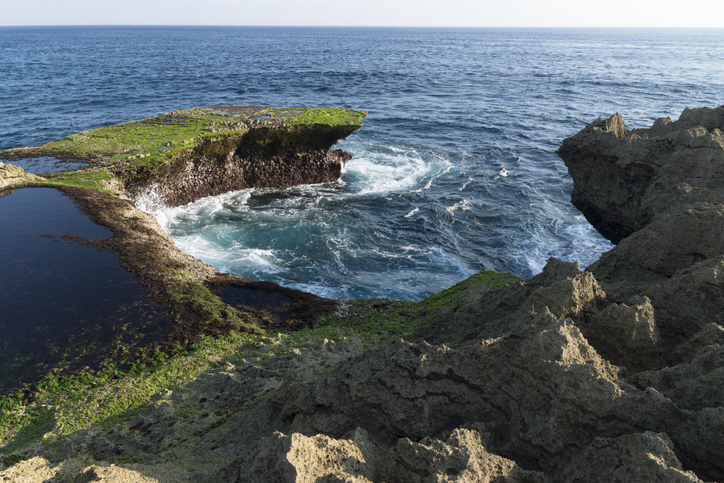
As soon as you arrive, you will realise that this is a much more peaceful and modest island than Bali, which is much more touristy. It’s perfect for spending a few relaxing days on its several beaches – including Mushroom Bay and Dream Beach – boasting a swing overlooking the water, which is one of the most shot photographs on the island. Nearby you will find the Devil’s Tears; an area of imposing cliff faces which is perfect for watching the sun go down.
Days 11 and 12 Nusa Penida
You’ll need at least a whole day to see everything this island has to offer, which is becoming the most popular Nusa Island because of its incredible landscapes. This is the largest of the three islands, and it is also the least touristy.
One option for exploring the island is to pay for a guided tour, which will be offered to you by locals as soon as you step foot on the Port of Toyapakeh. They’ll know how to get to the tourist attractions and the times at which there will be fewer people, and can also help you get down to some inaccessible cliffs. However, we must also tell you that you can do all of this by yourself by renting a motorbike, asking for directions from local people who you find along the way. A true adventure!
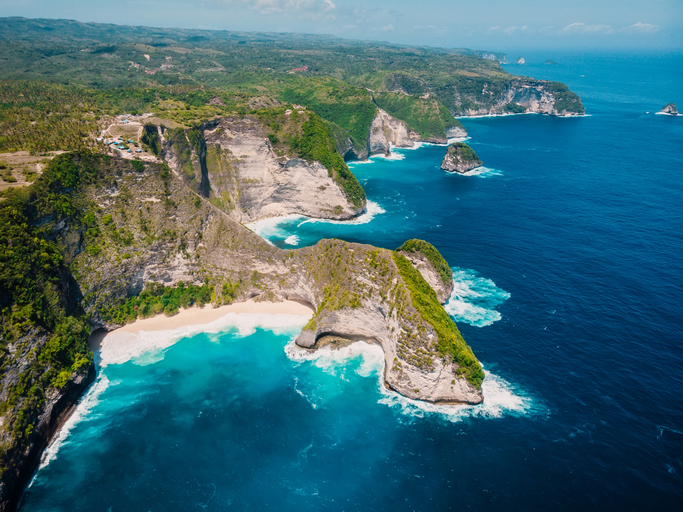
Things you can’t miss in Nusa Penida:
- Crystal Bay: A peaceful beach with perfect conditions for snorkelling, given the lack of current.
- Kelingking Beach (secret point): A beach at the foot of some steep cliff faces with views you could only dream of. This is probably the most photographed location of Nusa Penida.
- Angel’s Billabong natural infinity pool, which can be accessed with appropriate footwear and when the tide allows it.
- Broken Beach: a natural stone arch which contrasts with the turquoise tones of the seabed.
- Manta Point: diving lovers must be sure to pay a visit to the Manta Point, where you can get a great close-up view of large stingrays.
Gili Islands: 2 days
The Gili Islands are an archipelago of three small islands, located off the northeast coast of Lombok. This destination is very popular for those who are looking to explore another island that is easily accessible from Bali. It must be said, however, that each Gili island is unique in its own way, so you need to know what you’re looking for before deciding on where to explore next. Below we will tell you what you can expect to find on each of the Gili Islands, allowing you to choose the one that best suits your trip
Day 13 and 14: A couple of days on one of the Gili Islands
Gili Air
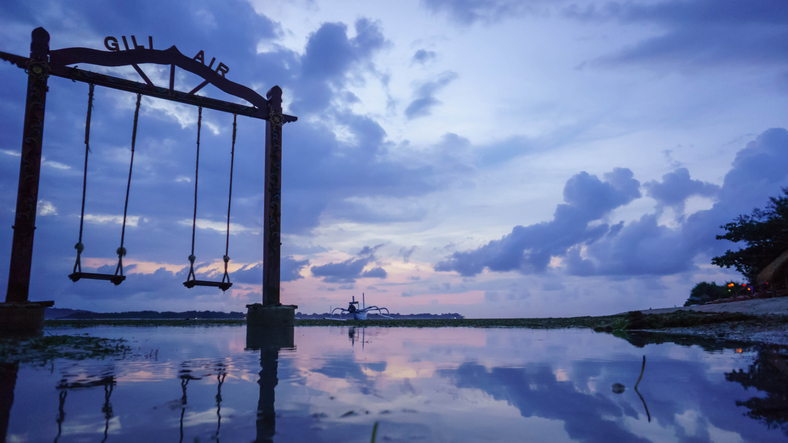
Indonesia has a laid-back atmosphere in general, but this is especially pronounced in Gili Air. There are no cars or motorbikes, and the concept of “hurrying” doesn’t exist. The most impressive thing about Gili Air is its turquoise blue waters. The rich seabed, just a few strides from the sandy beaches, is what caught our attention most about this island. The island is a great spot for snorkelling, although its seabed is the most deteriorated out of all the Gili Islands.
Everything changes after 5 p.m. when the sun goes down. The northern part of the island becomes crowded, as people flock to see the sun go down behind Bali’s Mount Agung.
Gili Trawangan
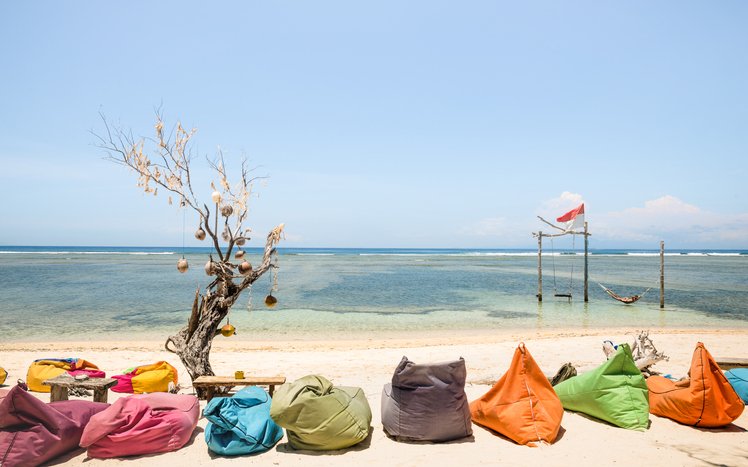
The largest of the Gili Islands is famed for being a party island, welcoming young people from around the world who are drawn in by its atmosphere. However, if you move away from the main strip (where the boats dock up), Gili Trawangan also offers spots with peaceful and more authentic atmospheres.
Gili Meno
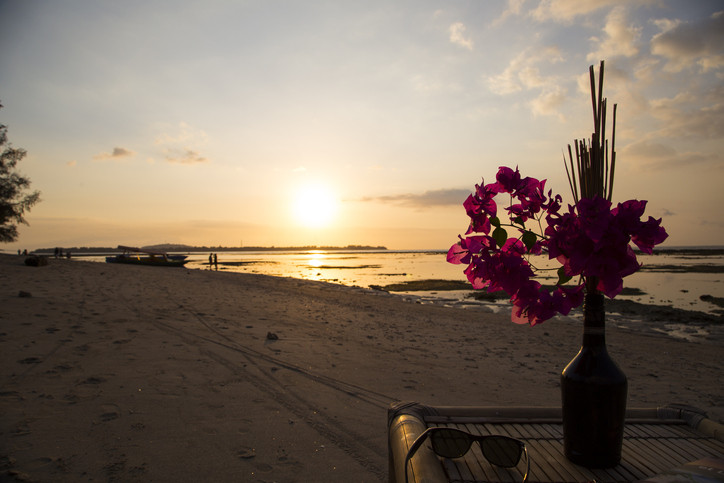
This destination is chosen by the majority of tourists who come to the Gili Islands for their honeymoon, with an atmosphere that is appropriate for such an occasion: a romantic island with an infrastructure that is geared primarily to higher-level tourism.
Day 15: return home / Alternative plan for a 20-day trip
Sulawesi: 4 days
Days 16–19: Sulawesi and the Bunaken National Marine Park
This enormous Indonesian island is the hiding place of cultural and natural treasures that need to be discovered, as it is the last refuge for certain ancient traditions.
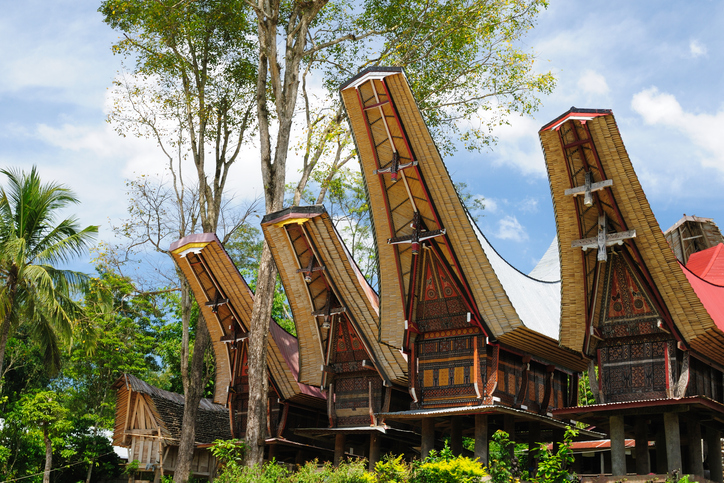
Things you can’t miss in Sulawesi:
- Tana Toraja funeral rituals
- Londa Burial Cave
- The typical Toraja houses of Kete Kesu
- Bolu’s traditional markets
- Bunaken’s seabeds
To help plan your trip to the island of Sulawesi, we recommend:
– Reading our article on Sulawesi: an Indonesian island as large as it is unknown
– Listening to our podcast (in Spanish) on Indonesia: cultural diversity and curiosities, where you can discover more information about the unknown island of Sulawesi, its fascinating customs (such as funeral rituals) and various leisure opportunities.
*We should point out that an alternative travel option would have been the island of Komodo, but less than a month ago the Indonesian government ruled that it would close the island off to tourists in 2020 to help protect Komodo dragons from extinction. Several neighbouring islands to the Komodo National Park will remain open, such as Rinca and Padar. Tourists are still able to marvel at the dragons that live on these islands. The Indonesian government is yet to decide whether or not it will reopen the island in 2021, but it is considering setting an entry fee for tourists.
Day 20: Return home



